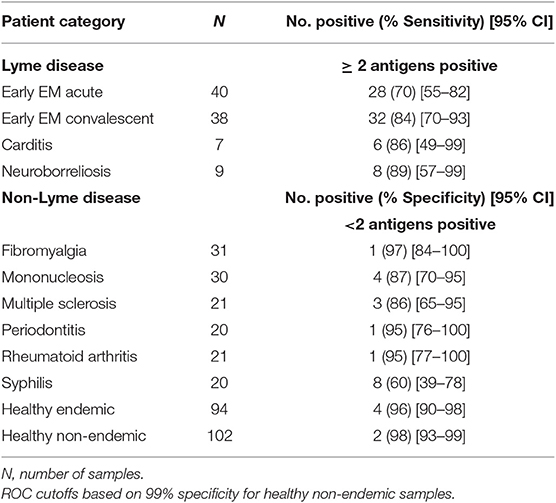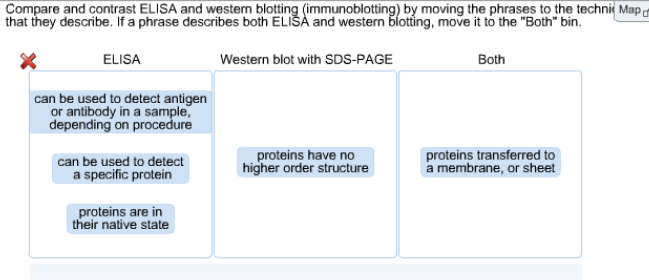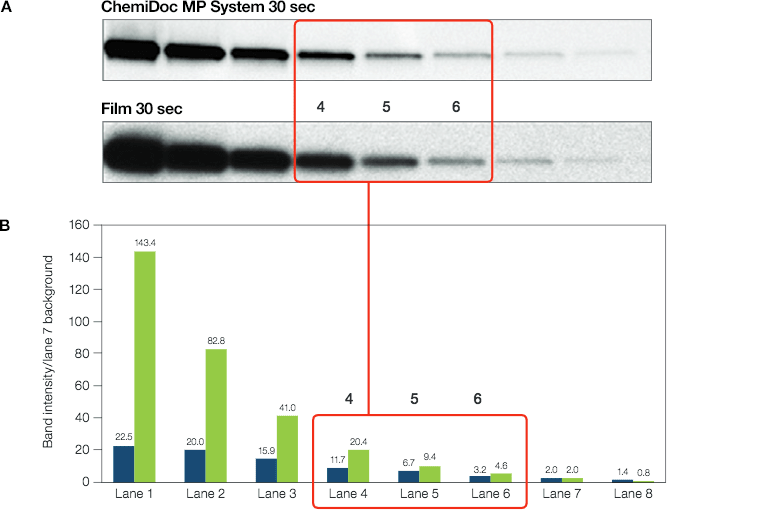
In the absence of EM, all other manifestations of Lyme disease require serologic analysis to confirm the diagnosis. Patients who have a lesion consistent with EM and live in or have traveled to Lyme-endemic areas can be given a diagnosis without laboratory testing ( 6). Symptoms might include peripheral neuropathy, encephalopathy, or encephalomyelitis. Late neurologic Lyme disease is uncommon in the United States. Recurrent large-joint arthritis is the hallmark of late disseminated disease.
WESTERN BLOT VS ELISA FOR LYME SKIN
If the infection is not treated, the bacteria might spread hematogenously and cause early disseminated Lyme disease, which can manifest as multiple EM skin lesions, facial palsy, meningitis, or carditis. Accompanying signs and symptoms might include fever, lymphadenopathy, myalgias, or arthralgias. Approximately 70%–80% of persons with Lyme disease have EM ( 1, 6). The classic sign of localized infection is erythema migrans (EM), which is defined as a gradually expanding annular lesion >5 cm in diameter. burgdorferi infection: early localized, early disseminated, and late disseminated. Cases occur primarily in the northeast and upper midwest regions ( Figure 1) however, ecologic and environmental changes have catalyzed a gradual geographic expansion ( 5). Lyme disease is the most common vectorborne disease in the United States and causes an estimated 300,000 illnesses annually ( 3, 4). pacificus ticks (commonly known as blacklegged ticks) ( 2).

mayonii and is transmitted to humans by infected Ixodes scapularis or I. In the United States, Lyme disease is caused by B. Lyme disease is a tickborne disease caused by spirochetes within the Borrelia burgdorferi sensu lato species complex ( 1). We review the rationale behind current US testing guidelines, appropriate use and interpretation of tests, and recent developments in Lyme disease diagnostics. Use of other diagnostic tests for Lyme disease is limited. Specificity is high (>95%) during all stages of disease.

For disseminated Lyme disease, sensitivity is 70%–100%. Sensitivity of 2-tiered testing is low (30%–40%) during early infection while the antibody response is developing (window period). The recommended laboratory test in the United States is 2-tiered serologic analysis consisting of an enzyme-linked immunoassay or immunofluorescence assay, followed by reflexive immunoblotting. For all other patients, laboratory testing is necessary to confirm the diagnosis, but proper interpretation depends on symptoms and timing of illness. Patients with an erythema migrans lesion and epidemiologic risk can receive a diagnosis without laboratory testing. In the United States, Lyme disease is caused by Borrelia burgdorferi and transmitted to humans by blacklegged ticks. Disclosure: Laurie Barclay, MD, has disclosed the following relevant financial relationships: owns stock, stock options, or bonds from Pfizer.ĭisclosures: Andrew Moore Christina Nelson, MD, MPH Claudia Molins, PhD Paul Mead, MD, MPH and Martin Schriefer, PhD, have disclosed no relevant financial relationships. Laurie Barclay, MD, freelance writer and reviewer, Medscape, LLC. Gryczan, MS, has disclosed no relevant financial relationships. Gryczan, MS, Technical Writer/Editor, Emerging Infectious Diseases. Identify recent developments in Lyme disease diagnostics.Determine appropriate use and interpretation of tests for Lyme disease.Distinguish current US testing guidelines for Lyme disease, based on a review.Upon completion of this activity, participants will be able to:

Release date: JExpiration date: June 15, 2017 To participate in this journal CME activity: (1) review the learning objectives and author disclosures (2) study the education content (3) take the post-test with a 75% minimum passing score and complete the evaluation at (4) view/print certificate. Physicians should claim only the credit commensurate with the extent of their participation in the activity.Īll other clinicians completing this activity will be issued a certificate of participation. Medscape, LLC designates this Journal-based CME activity for a maximum of 1.0 AMA PRA Category 1 Credit(s) TM. Medscape, LLC is accredited by the ACCME to provide continuing medical education for physicians. This activity has been planned and implemented in accordance with the Essential Areas and policies of the Accreditation Council for Continuing Medical Education through the joint providership of Medscape, LLC and Emerging Infectious Diseases. Medscape, LLC is pleased to provide online continuing medical education (CME) for this journal article, allowing clinicians the opportunity to earn CME credit.


 0 kommentar(er)
0 kommentar(er)
